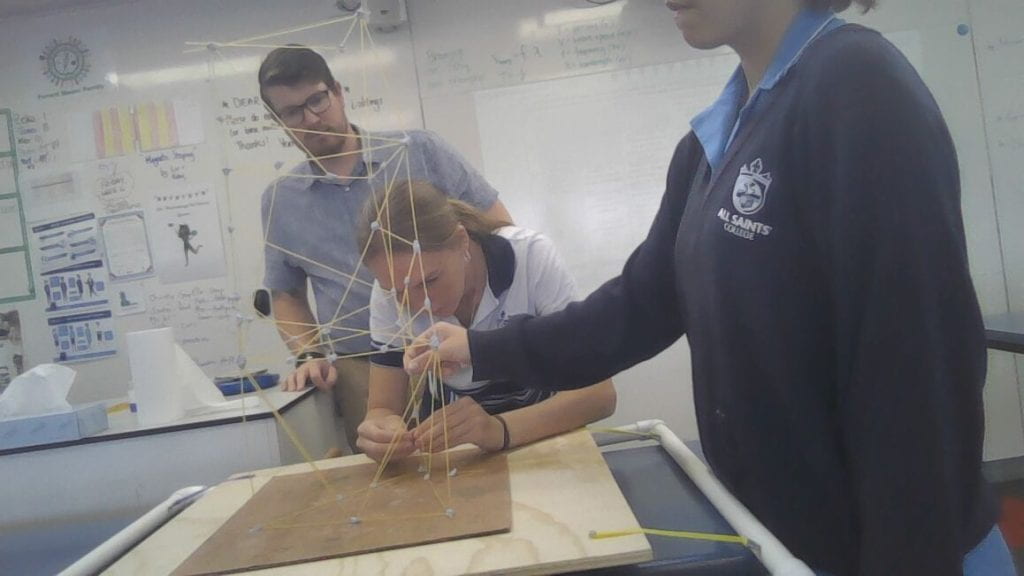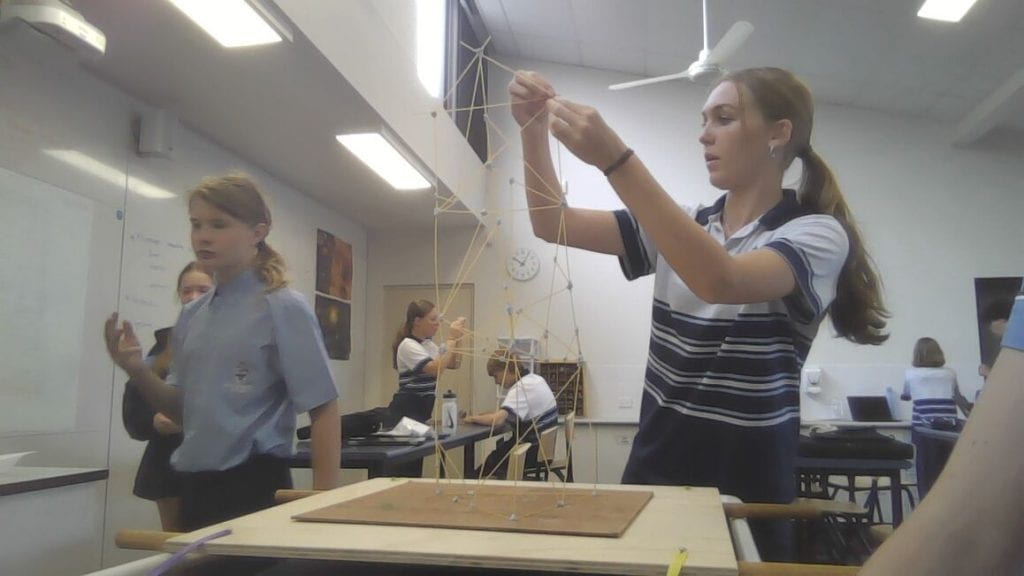For our project this term we were given a problem to solve. Our problem was that we needed to create an earthquake proof building that met the three criteria given. It had to be 60cm tall, the top platform had to fit a 5×5 paper and the base had to be less than 30cm wide. Our structure had to resemble a building and be strong enough to withstand the simulated primary and secondary waves.
This project was important since we are in desperate need for new creative buildings that can withstand large earthquakes, but still meet all the needs of the people the building is for.


For example Japan is a really high density population with around 125.7 million people in such a small space of 377,961 square km, and because of this they all need to live in high rise buildings. Due to the fact that Japan is such a frequent earthquake hotspot, they need to come up with effective and creative ways to make their buildings withstand an earthquake.
SUCCESS AND OUTCOMES:
Our prototype was extremely successful during the earthquake simulation test as the new changes we made of adding extra cross bracing for support and changing the base to more triangular shape helped in supporting our building and allowing it to withstand both the s and p waves with no damage at. When testing, these changes brought much more stability since as you can see there was minimal damage taken in the first two waves, because even though the building was rocking and flexing with the waves, it still held its shape in the end. Considering our building stayed within the $60 budget, passed all criteria, stayed up through all the required waves and didn’t shake very much until the bonus round, our building was very successful and would have made a great building if made in the real world.


CHANGES TO THE PROCESS:
If I was able to change the process to improve my group’s outcome in the future I would change the amount of designs we made. We made 2 or 3 different designs before we built and since we didn’t choose one specific one before we started we just had to combine the features which slowed us down and made it harder to build since we didn’t know what we were doing. This change would’ve improved our outcomes since we wouldn’t have had wasted time and resources trying to build and then end up changing it halfway through. Another change I would have made is spending more time planning out our budget, by looking at our plan and counting the amount of sides and cross bracing we could have made a way more accurate plan that just estimating and guessing. Since we didn’t set out or plan it very well it meant that we had to keep swapping our blue tack for spaghetti as we had way to much and not enough spaghetti, but if we had done it this way the first time we would’ve been more prepared and saved time and resources, instead of trying to swap them out halfway through the build.